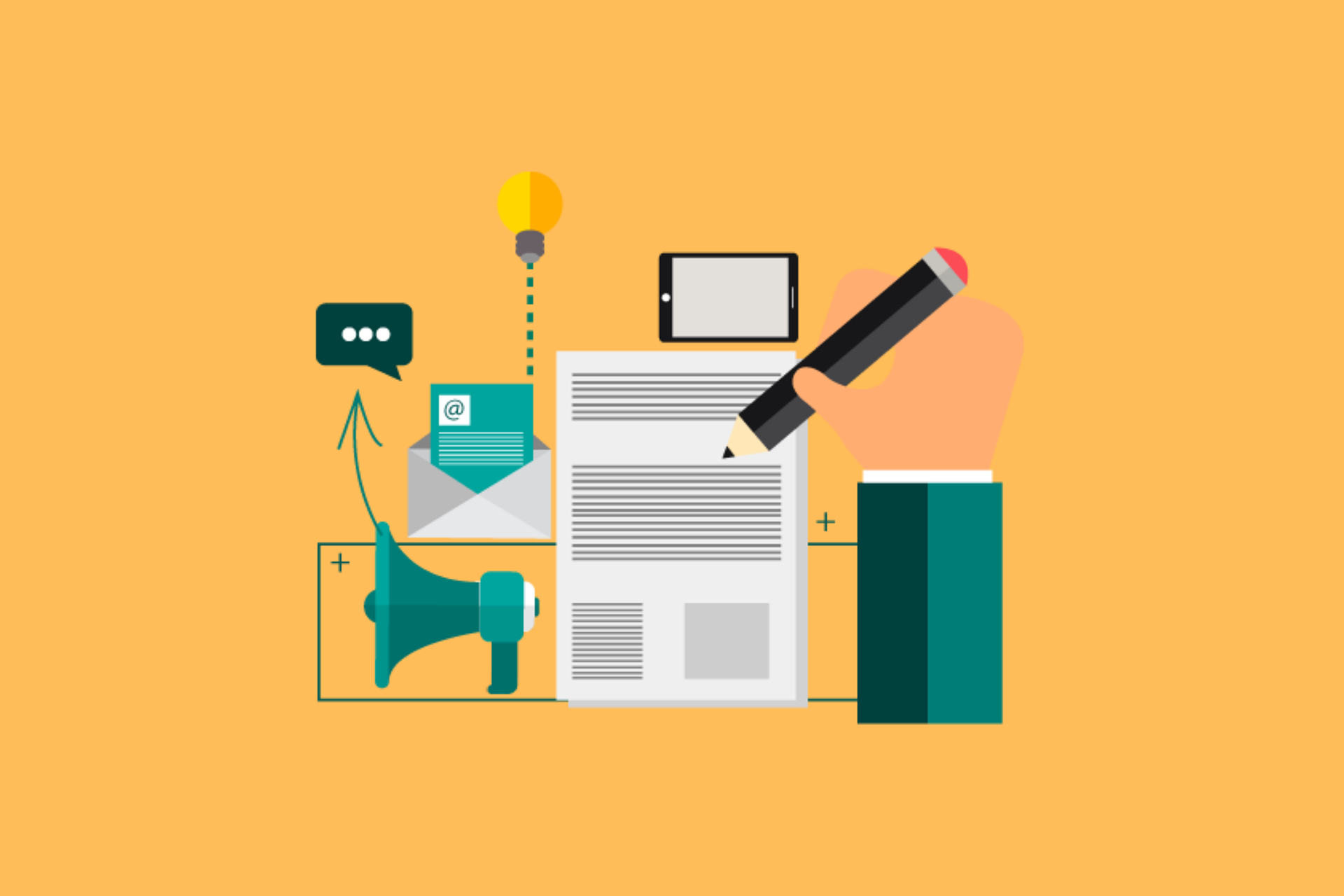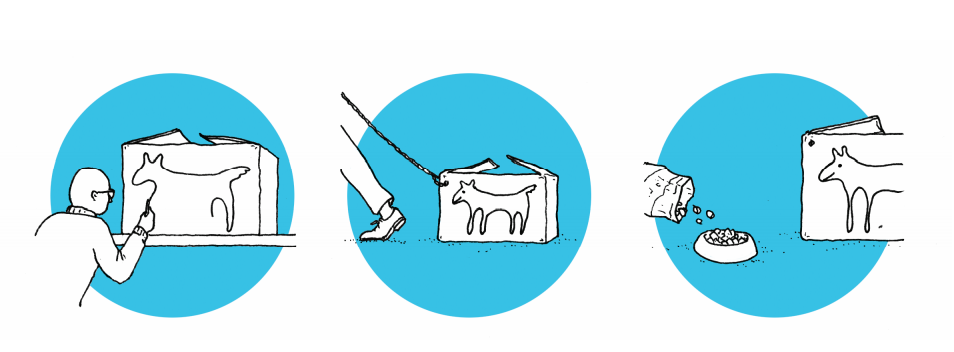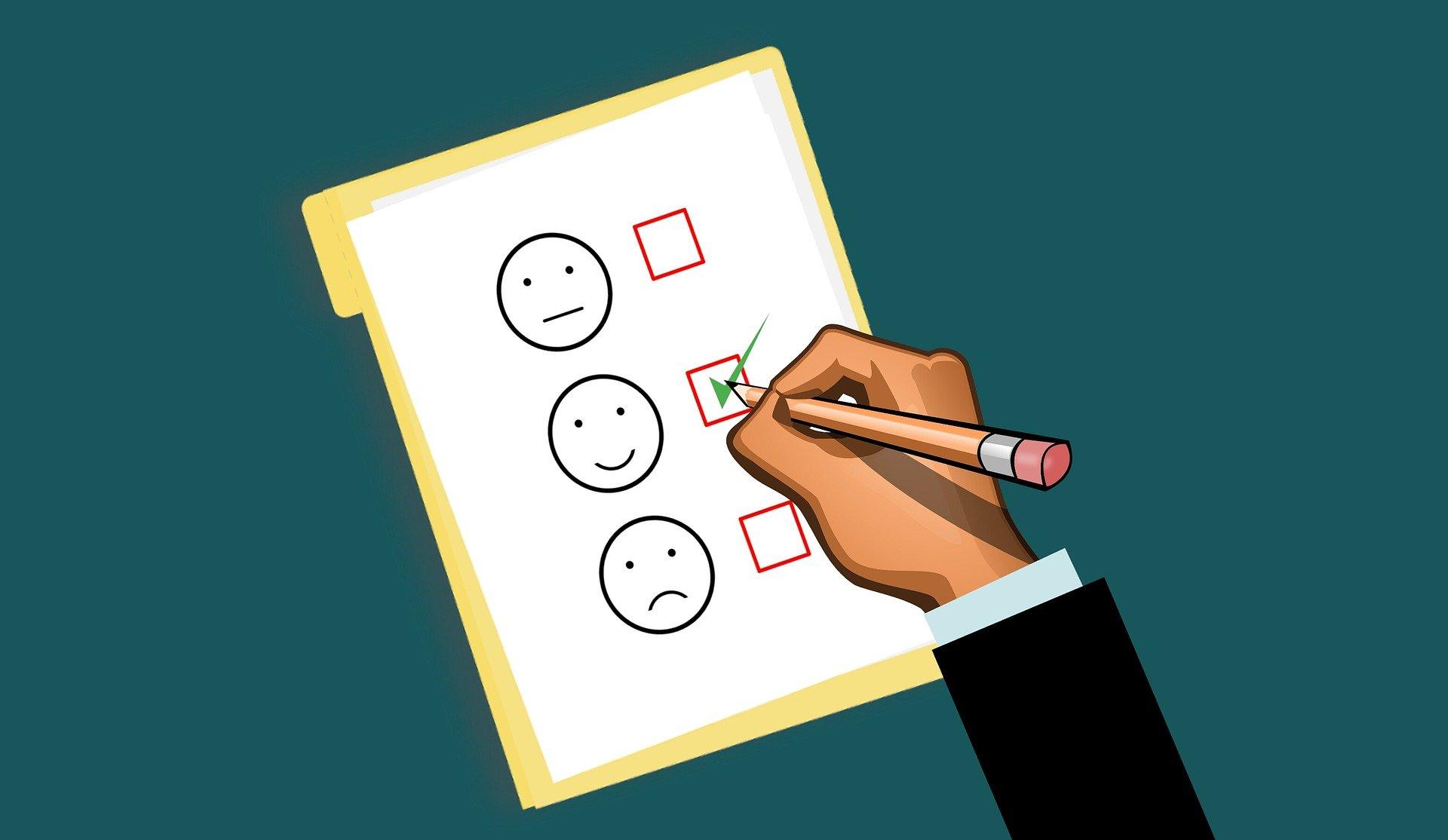Content begins here
Contenido de la página principal
Pulsa para colapsar
Discovery Experiments
We already talk about experiments, but now is time to learn what kind of experiments exist and how to conduct them.
In this lesson we will learn everything about:
- Discovery Exploration
- Data Analysis
- Interest Discovery
- Discussion Prototypes
- Performance & Prioritization Discovery
Let’s start with Discovery Exploration.
Discovery Exploration(Testing Business Ideas, 2019):
- Customer interview - An interview focused on researching customer jobs, pain, profits, and willingness to pay. This type of interview provides the opportunity to obtain detailed information from a single customer. There are two types of customer conversations: planned and ad hoc.
Scheduled interviews are scheduled ahead of time and usually longer. Ad-hoc interviews are required on the spot and they are shorter for example 15 minutes (ex. interview in a shopping mall)
“Get out of the building!”
Do the interview with your customers and find out everything that you need. Analyze the data that you got and update your Value Proposition Canvas. They provide the ability to obtain detailed information from a single customer.
- Interviews with partners and suppliers - These are similar to interviews with customers. You will interview Key Partners to supplement Key Activities and Key Resources that you cannot or do not want to do on your own.
- Expert Stakeholder Interviews - These interviews are also similar to Customer Interviews, but they are focused on getting “roles” from Key Players inside your organization.
- A Day in the Life - This is a method that uses customer ethnography to better understand customer jobs, pains, and gains. With this method, you will find out what customers do from the moment that they get up, when they go to work, when they are in school or some other place, what product they use when they eat, what car they drive, etc.
- Discovery Survey - This is an open-ended questionnaire used in the collection of information from a sample of customers. You need to define your goal and find your target audience, create the survey, and start with sending. This method helps you to learn more about new customers that are located in new or existing markets by asking a series of questions.
Resource: Pixabay
Data Analysis (Testing Business Ideas, 2019):
- Search Trend Analysis - Use search data to explore specific interactions between search engines, the browser, or content during search episodes.
- Web Traffic Analysis - Use data collection, reporting, and site analysis to search for customer behavior patterns.
- Discussion Forums - Use discussion forums to discover dissatisfied jobs, pains, and gains in a product or service.
- SalesForce Feedback - Use salesforce feedback to detect dissatisfied jobs, pains, and gains in your product or service.
- Customer Support Analysis - Use customer support data to detect dissatisfied jobs, pains, and gains in your product or service.

Resource: Pixabay
Interest Discovery (Testing Business Ideas, 2019):
- Online Ad - An online ad is a form of marketing and advertising that uses the Internet to deliver promotional marketing messages to consumers.
It is an ad that clearly profiles a value proposition for a targeted customer segment with a simple call to action.
It can be email marketing, search engine marketing (SEM), social media marketing, many types of multimedia advertising including web banner advertising, and mobile advertising.
- Link Tracking - A unique hyperlink that can provide more detailed information about your value proposition. It's great to make sure that you are getting results from PPC advertising.
Link tracking is a useful way to get analytics for your marketing campaigns, assess the effectiveness of your strategy, and whether you need to update or improve your content to gain more traffic to your links.
- Feature Stub - A small test of the upcoming function that includes the very beginning of the experience, usually in the form of a button.
This type of test allows you to test the demand for a function without doing anything at all. In addition to learning about the CTR, feature molds provide great opportunities for collecting further qualitative data through micro-surveys.
- 404 Test - So, the name of the test is 404, because it generates 404 errors every time when it is clicked. To find out if a feature is desirable, simply count the 404 errors generated.
- Email Campaign - An email marketing campaign is a coordinated set of individual emails that are applied over a period of time with one specific purpose. The email can contain some button to download a white paper, sign up for a webinar, or make a purchase. Each email requires a well-written topic, focused content, and a specific call to action to achieve the campaign goal. Emails can be applied over a period of time to customers.
- Social media Campaign - Messages on social networks that are posted to users in a certain period of time. Social media Campaigns can be limited to one network or take place on multiple social media platforms such as Facebook, Instagram, LinkedIn, etc.
- Referral Program - A referral program is simply a process in which you reward customers for spreading the news about your product or service. Showing products or services to new customers through referrals, word of mouth, or digital codes.

Resource: Pixabay
Discussion Prototypes (Testing Business Ideas, 2019):
- 3D Print - Very fast prototyping of a physical object from a three-dimensional digital model using a 3D printer.
- Data Sheet - This is one page of a physical or digital sheet with specifications for your value proposition. Data Sheet provides details about a product, such as a computer, computer component, or software program.
- Storyboard - Illustrations are shown in series for the purpose of visualizing an interactive experience.
- Brochure - Funny physical brochure of your imagined value proposition
- Explainer Video - A short video that focuses on explaining a business idea in a simple, interesting, and convincing way.
- Boomerang - Conducting a customer test on an existing competing product in order to gain insight into the value proposition.
- Pretend to Own - Creating a non-functional prototype of a low-fidelity solution to determine if it fits into the everyday life of the customer (Pinocchio experiment).
Let’s find out more about Pretend to Own experiment. What are the steps of conducting this experiment?
There are 3 steps:
- Prepare,
- Execute,
- Analyze.

Prepare
- Sketch a product idea
- Collect the materials that you need to make a Pretend to Own experiment of product
- Define Time Frame that you need for the creation
- Create Pretend to Own product
- Keep a record of the experiment and track your indicators.
Execute
- Launch your Pretend to Own experiment, acting as although it worked product.
- Track usage in experiment log.
Analyze
- Review your log for events:
- How many times did you engage with it?
- Are there certain aspects of it that made it difficult or cumbersome?
- Use your discoveries to inform your experiment of greater fidelity.
Activity time
Performance & Prioritization Discovery (Testing Business Ideas, 2019)
- Product Box - The facilitation technique is used with customers to visualize value propositions, key features, and key benefits in the physical shape of the box.
- Speed Boat - A visual game technique used with customers to determine what is holding back the progress.
- Card Sorting - A technique in a user experience design in which a person uses customer cards to create insights.
- Buy a Feature - A technique where people use a converted currency to buy features that they would like to be available for a given product.
Conclusions
Each experiment has its positive and negative sides. The best way to choose an experiment is to choose it according to your needs and capabilities.
Video and PDF presentationPulsa para colapsar
The following video explains the content of this lesson and shows some examples:
Video T4.L2. Discovery Experiments
Here you have the content of the video in pdf in case you need to use it in your classroom:
Lesson contents in PDFPulsa para colapsar
Here you have the contents of the lesson in PDF:


